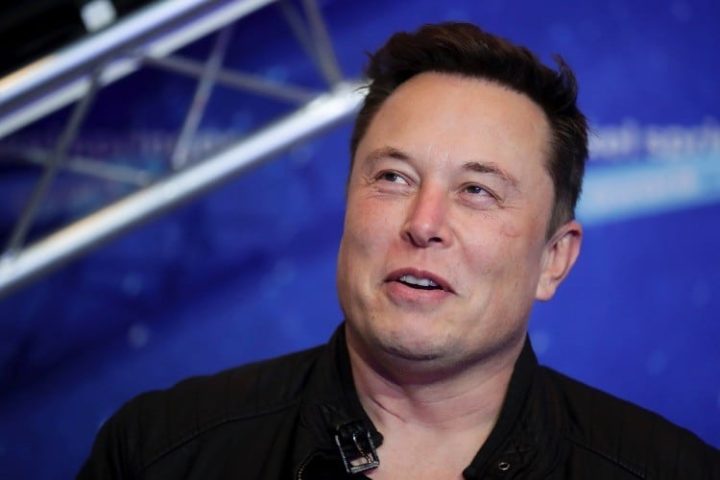
A tweet by Elon Musk posted early (1:32 a.m.) Tuesday morning sent Twitter stock (TWTR) below $37 a share. That’s 31 percent below what Musk offered to pay to buy the company and take it private.
Musk posted:
20% fake/spam accounts, while 4 times what Twitter claims, could be “much” higher.
My offer was based on Twitter’s SEC [Security and Exchange Commission] filings being accurate.
Yesterday, Twitter’s CEO [Parag Agrawal] publicly refused to show proof of < [less than] 5%.
The deal cannot move forward until he does.
Agrawal had tweeted the day before that he couldn’t provide the proof, even though in SEC filings the company repeatedly estimated that those fake or sham or false bots constituted less than five percent of the total.
From an advertiser’s perspective, that meant that 95 percent or more of the 217 million “daily active users” (DAUs) were really human eyeballs constituting an enormous target market for his product or service. He was willing to pay for that opportunity.
But upon receiving Agrawal’s claim that “we don’t believe that this specific estimation can be performed.… It’s not even possible to know which accounts are counted as mDAUs [million daily account users] on any given day,” Musk responded, “So how do advertisers know that they’re getting for their money? This is fundamental to the financial health of Twitter.”
It’s also fundamental to Musk, as he is pricing his offer to buy on what Twitter tells the SEC.
That 20 percent number that Musk used is confirmed by market research firm SparkToro, which estimates non-human accounts at 19 percent. Although some of those accounts provide automated news updates, inspirational quotes, and stock-price changes, advertisers aren’t willing to pay extra for them. They want to know the hard number of humans actively tweeting every day.
If Agrawal cannot prove the “less than five percent” claim, then Musk has a decision to make: terminate his offer and pay a $1 billion breakup fee, or negotiate for a lower price.
This puts Agrawal and Twitter in a pickle: If they cannot verify the five-percent number and admit that the real number of non-human Twitter accounts is higher — perhaps much higher — then they will have to deal with lawsuits from advertisers claiming they were misled. There will be lawsuits from shareholders claiming they purchased shares at artificially high prices. Bondholders holding the $5 billion in Twitter debt will claim they were defrauded.
And, of course, there are the SEC and the Federal Trade Commission (FTC), who would likely sue as well.
Added all up, these lawsuits, if successful, could not only bankrupt Twitter, but end the company’s existence altogether.
Musk is aware of all of this, and has little interest in assuming those enormous and essentially unknowable liabilities.
If Agrawal and the board can provide the proof that Musk is demanding — that real humans constitute more than 95 percent of those 217 million accounts — then Musk should be very happy to proceed with the purchase. In which case, buyers of TWTR at under $40 a share will enjoy a nice gain when the purchase is consummated later this year.



